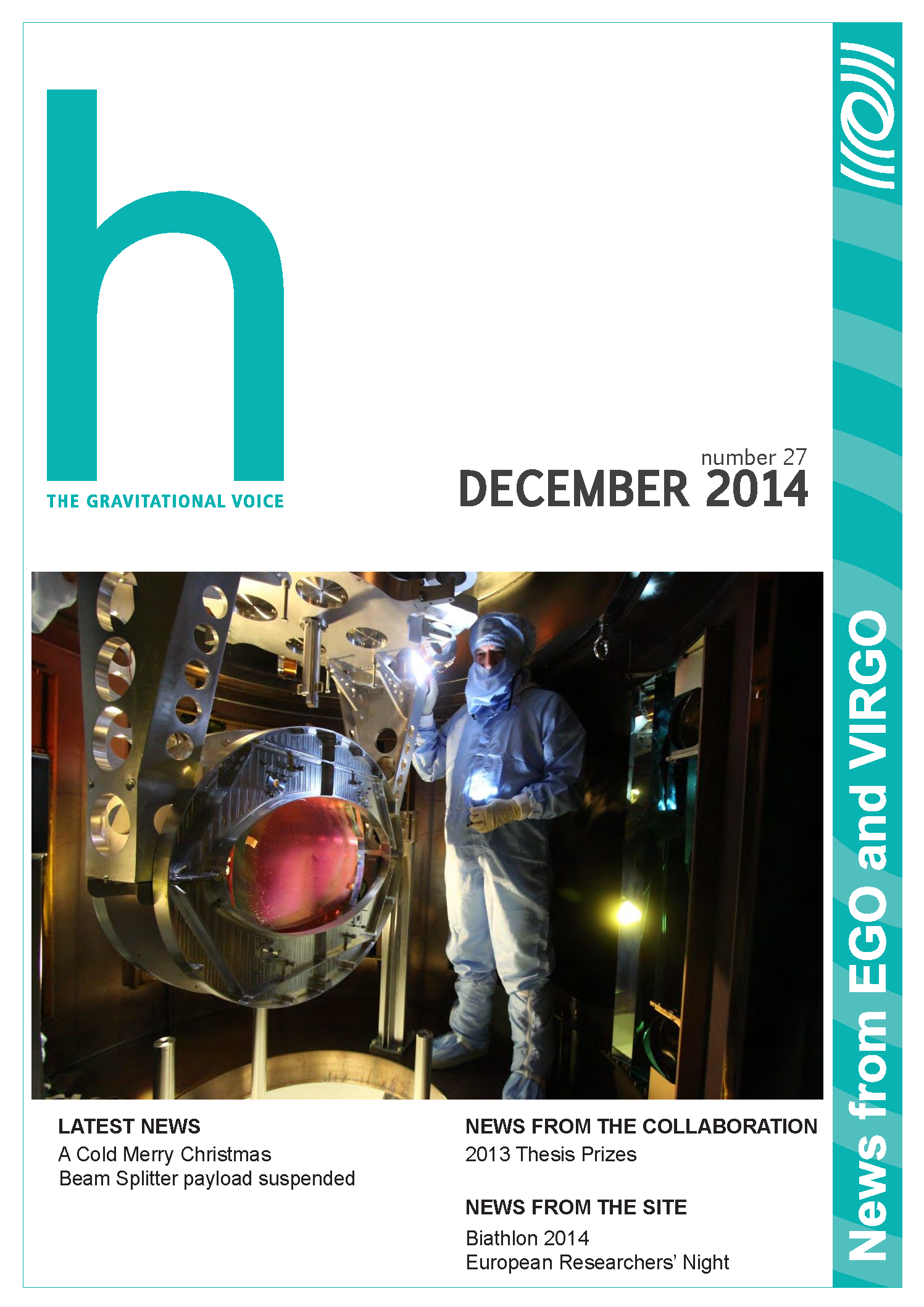h27
One day at the beginning of last spring, the Harvard-Smithsonian Center for Astrophysics called an international press conference to announce the discovery, by the BICEP2 South Pole telescope, of gravitational waves generated immediately after the Big Bang, as described by Andrea Vicere’ in h26. However, it now looks a bit ridiculous watching the triumphalistic YouTube video (http://www.youtube.com/watch?v=Iasqtm1prlI). In fact, after the initial enthusiasm, it emerged that the possible contribution to the detected effect by cosmic dust had not been properly taken into account. In particular, it is said that they used a preliminary map of the cosmic dust effect, only informally presented at a meeting by the Planck collaboration.
More recently, the BICEP2 results have been correctly presented, underlining properly possible uncertainties (Lawrence Krauss, Scientific American, October 2014).
The editorial of the October issue of Le Scienze, the Italian version of Scientific American, states that this shows how scientists are able to remain un-dazzled by their results and recognise possible mistakes. My personal opinion is quite different. I think that this story shows how (some) scientists may in fact become dazzled by their results and then only recognise mistakes once forced to by the environment. Or, even worse, they reveal an uncertain, but astonishing, result, just to be able to claim “I was the first” in case of a lucky confirmation.
As a final remark, I would like to underline that the BICEP2 effect (a particular polarisation of the Cosmic Microwave Background) may be due to primordial gravitational waves, but it is not the direct detection of gravitational waves, as performed by interferometers or, in the past, by resonating bars.
And to round off this editorial, Merry Christmas and a Happy New Year to all h readers from the Editorial Team.
C.Bradaschia
Chief Editor

